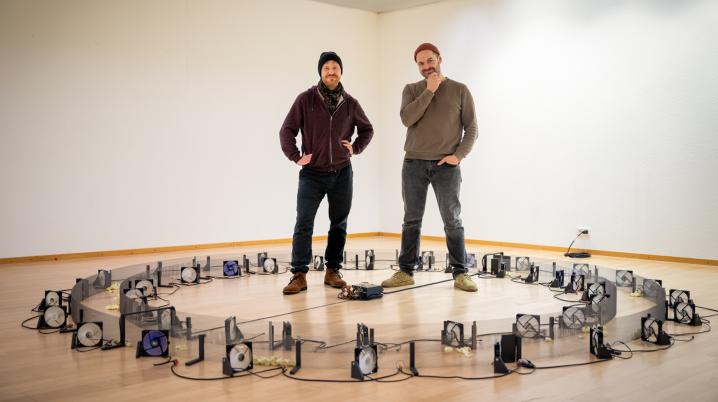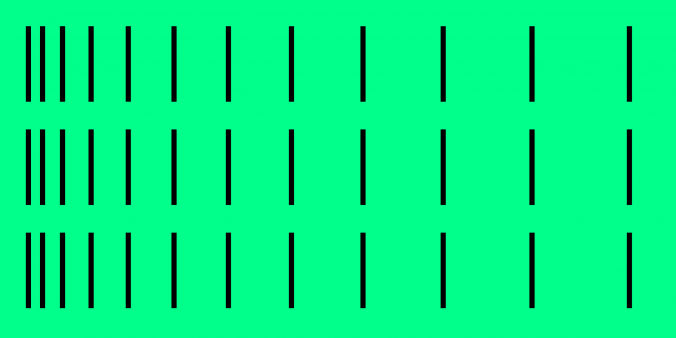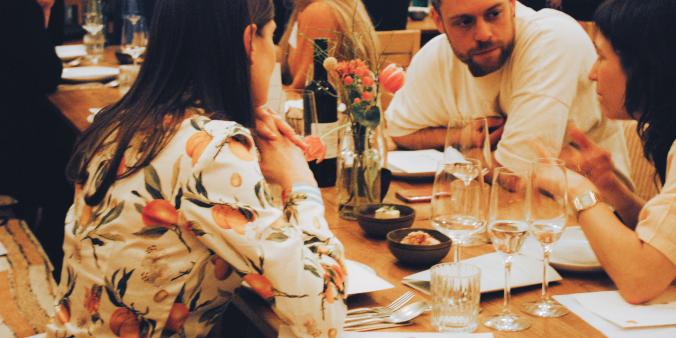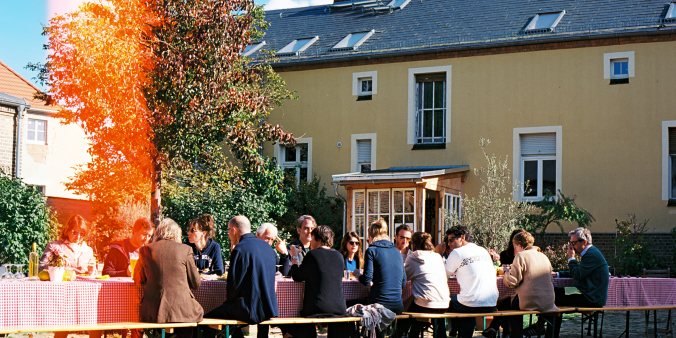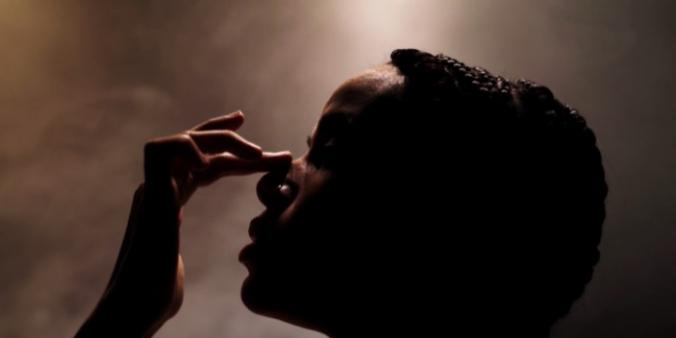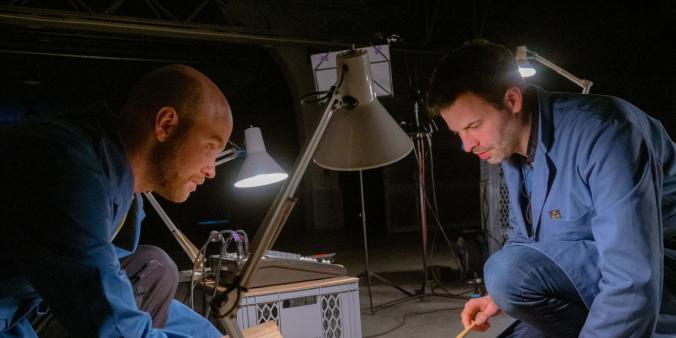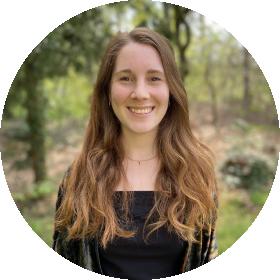
"We were having beers and conversations about art," grins Rotterdam-based Johannes Langkamp as he reminisces about his first encounter with Martin Lucas Schulze from the Eastern German city Chemnitz. It was the perfect setting for the first encounter between the two originally German artists. Their paths crossed during a double residency between Germany and the Netherlands last January. This residency stemmed from a visitors program established by the Netherlands Embassy in Berlin and DutchCulture in 2023.
Langkamp introduced his artistic counterpart to the culinary delights of his hometown Rotterdam: roti and jenever, and took him to visit his studio along with Rotterdam’s art spaces such as Brutus. They engaged in more conversations about art and their shared interest in kinetics, the study of motion. Ultimately, this exchange led to the co-designing of an exhibition at Goethe-Institut Rotterdam, funded by the State Chancellery of Saxony
Spotlights on Chemnitz
But how come Schulze ended up in Rotterdam in the first place? Chemnitz, the third largest city in Saxony, will be the European Capital of Culture in 2025. To strengthen the ties between the two countries, last year we invited - together with the Netherlands Embassy in Berlin - four cultural professionals from Chemnitz for an international visitors program in the Netherlands. Afterwards, Robert Verch, a participant in the programme and founder of the Chemnitz cultural hub Klub Solitaer e.V., joined forces with the Rotterdam Goethe-Institut to set up a residency between the two cities. Martin Lucas Schulze was chosen to spend a month in Rotterdam and co-design an exhibition with Johannes Langkamp.
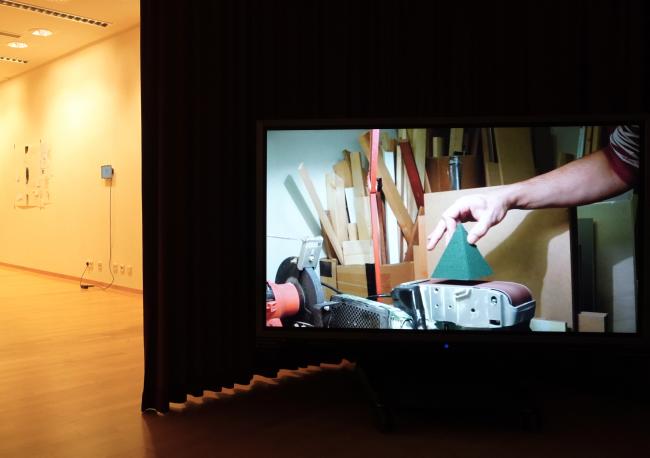
Movements and processes
Schulze dived into Rotterdam’s art world as well as Langkamp's practice, resulting in a joint exhibition. Both appreciated the fact that they were given plenty of time to freely exchange thoughts and ideas. Stimulating dialogues about each other’s practice have been an integral part of their collaboration. "Creating this whole exposition is already a work of art by itself," says Langkamp.
Their interactions were fueled and guided by their shared fascination for kinetics, machines, engineering, and the significance of processes in their artistic practice. These overlapping interests not only manifested in their amicable interaction but also resulted in a central theme in the exhibition: showcasing various creative processes to the audience.
One glance at the artworks does not immediately reveal which installation belongs to each artist. For example, both artists incorporate circular movements, a central concept in engineering. While the untrained eye of the viewer could be blamed, upon closer inspection, the differences become apparent.
Random objects moving
Langkamp is playful in his work, celebrates speedy experiments and cherishes 'unfinished' art. "I experiment and play around until I get surprised. Only then, I hang it up on the wall," says Langkamp while pointing at the unintended holes and ‘mistakes’ in his installation. Confusing the perception of the viewers with the mechanisms he creates is crucial in his work. "His work is simply complicated," Schulze comments.
Part of Langkamp’s creation process is digital sketching, resulting in an impressive collection of 633 video sketches of experiments with objects moving."It's interesting, it's funny and it's a little silly. I think this is what interests people: seeing random things move. In life, it is all about movements, the entire time. If you want to do something, you have to move. Even when you close your eyes. Movement is a central theme in life," states Schulze about Langkamp’s work.
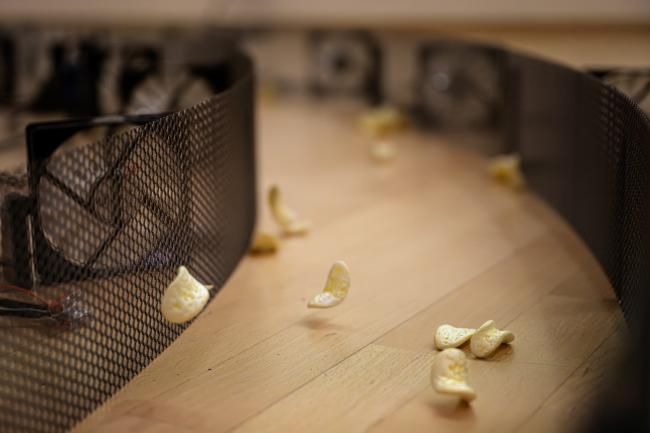
Processes of decay
In comparison, Schulze usually takes a long breath to finalize his works and goes through a procedure of extended research on processes, mechanisms and engineering models. For instance, he would spend half a year trying to understand how a step motor works to incorporate this technique in his art. He records processes with the help of meticulous analogue sketches and plays with what he calls processes of decay, in which he tests the instability of systems.
In his installation, little styrofoam chips are put into movement through small circular fans to test the tipping points of those tiny objects. It is a system driven by the collision of the chips. "It's insanely interesting that the liveliness of the system is actually dependent on the collisions," says Langkamp about his colleague's work.
Chemnitz and its opportunities
Some day, Langkamp hopes to visit Schulze in Chemnitz to continue their artistic collaboration. One of the reasons why Schulze moved there for his practice is the peace that marks this internationally relatively unknown city. To him, Rotterdam is a buzzy, diverse, metropolitan, and somewhat overwhelming place. Chemnitz on the other hand, with its inexpensive rents and vacant buildings, provides space for artists to blossom without many external stimuli. Or as Robert Verch puts it: "The city offers room for experimentation and learning, in particular for young artists."
For many people in this German region, art and culture are not part of everyday life. Those who do discover the artistic practice build a great individual relationship with it, filled with hope, energy and faith. "The local art crowd is not primarily professionally trained, so it’s exciting that creativity often comes from a self-taught, deep love for culture," says Verch.
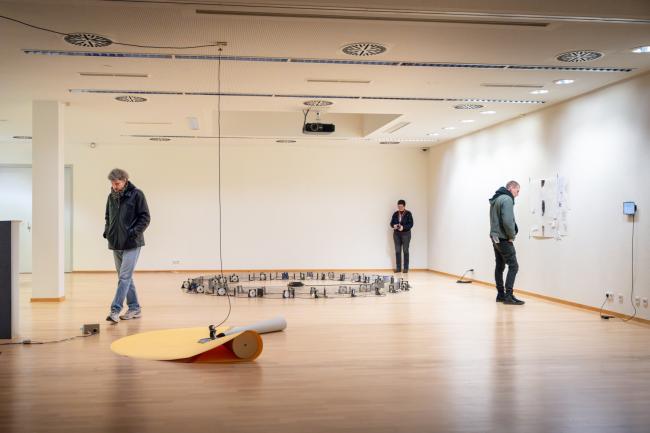
Although Rotterdam and Chemnitz are both industrial cities, partially destroyed during WWII, they have a different character. Whereas Rotterdam as a metropole has been re-designed through and through, design and conception play a less common role in Chemnitz, possibly due to its provincial character. Verch sees potential for citizens and makers in such an environment with less pressure to fit in and adapt to social 'performances' like being trendy, compared to larger, ‘hipper’ cities like Rotterdam.
By setting up residencies and other cultural projects for locals as well as international artists, Klub Solitaer e.V. contributes to diversifying the cultural scene of Chemnitz. Under the European Capital of Culture motto C the Unseen, the city works towards an open and diverse cultural climate and continuously welcomes artists to join this movement, during the Cultural Capital year 2025 and onwards.
